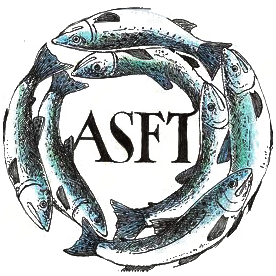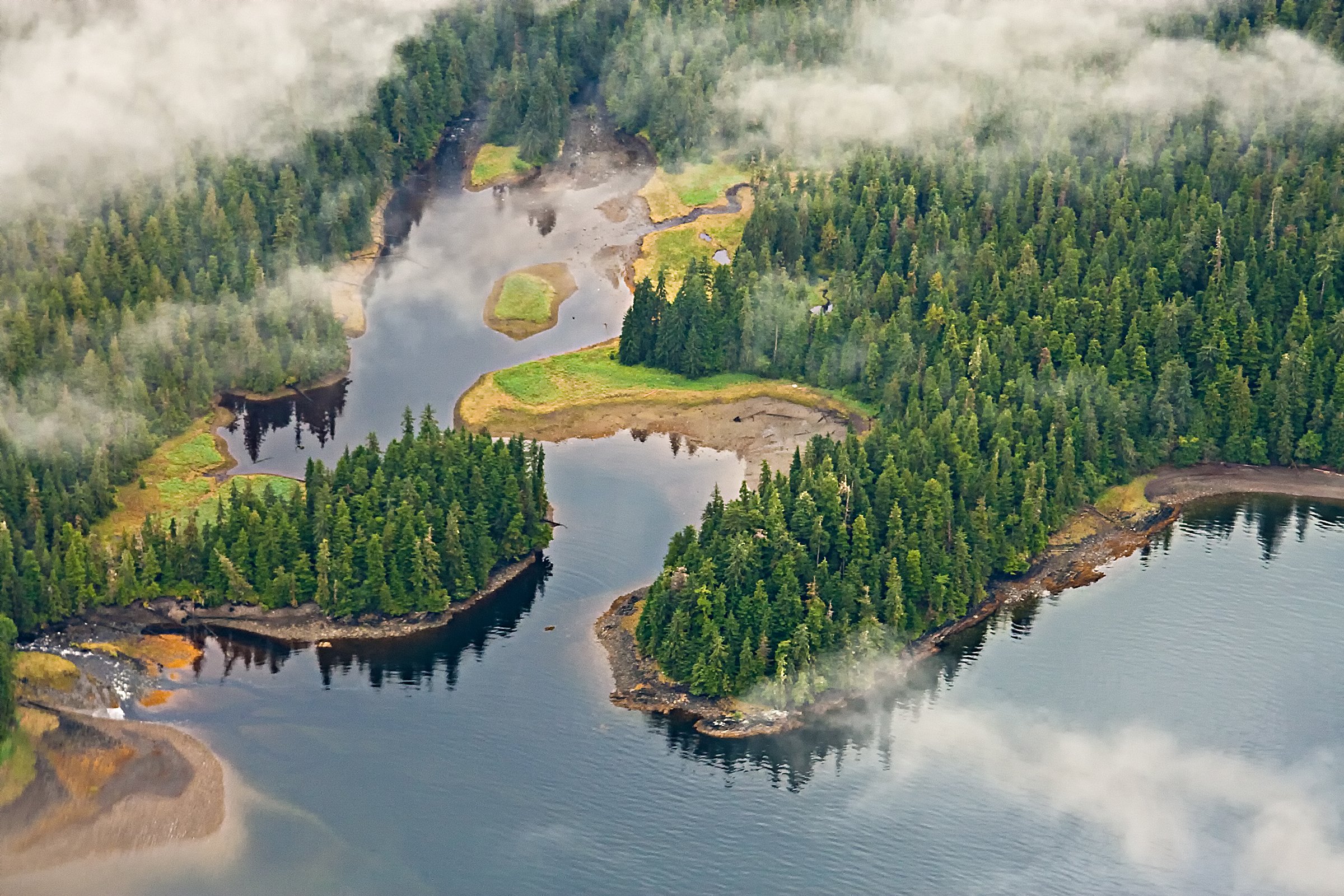January 25, 2022
ROADLESS RULE PROTECTIONS REINSTATED TO THE TONGASS
The U.S. Forest Service reinstated the Roadless Rule protections across the Tongass rainforest in Southeast Alaska, the world’s largest intact temperate rainforest and America’s largest national forest. The final rule restores federal protections to over 9 million acres of roadless area, protecting it from industrial logging and damaging roads.
The Roadless Rule, established in 2001 was repealed by the Trump administration in 2020, enabling logging interests to bulldoze roads and clear-cut trees in areas of the Tongass that were off-limits. After several years of tireless efforts to reinstate the rule, The U.S. Forest Service announced its plans to reinstate the Roadless Rule protections.
The Tongass National Forest is a 17-million acre forest located in southeast Alaska. It is an incredibly productive place and keeping it intact is vital not only to ways of life and the economy of Southeast Alaska, but to biodiversity and climate change solutions for the planet. It serves as the country’s largest forest carbon sink. The Tongass hosts some of the rarest ecosystems on the planet. Its old growth serves as vital habitat for brown bears, black bears, Sitka blacktail deer, mountain goats, bald eagles, wolves, all five species of wild Alaska salmon and is home to one quarter of the West Coast’s commercial salmon catch.
Southeast Alaska fishermen have relentlessly advocated for this habitat protection. Annual commercial fisheries dividends from the Tongass include 300 million pounds of seafood, 10,000 jobs and $700 million total economic impact each year on Southeast communities, as well as 72% of southeast Alaska’s coho and 60% of pink salmon.
The Tongass is the homeland of 19 sovereign Indigenous nations including the Tlingit, Haida, and Tsimshian peoples. It is home to more than 73,000 residents across 35 communities and directly accounts for 26% of sustainable jobs in the region, contributing $1 billion to Southeast Alaska’s economy each year.
“We are thrilled and relieved to know the Tongass’ remaining unroaded areas will remain intact vibrant forests for generations to come,” said Linda Behnken, Executive Director of Alaska Longline Fishermen’s Association. “Our fisheries depend on healthy habitat, and with climate change driving ocean warming, protecting habitat is increasingly important to the fish, the fisheries, and the coastal fishing communities. This is welcome news.”
Thank you to the countless organizations who worked hard to make this happen and to the supporters who donated, commented and rallied for the Tongass. This wouldn’t have been possible without your help.
Alaskans Own, a community supported fisheries program of ASFT, has put together factsheets and action items for consumers who want to take action on the Alaska Roadless Rule.
Read Alaskans Own Roadless Rule Overview here.
What is the Roadless Rule?
The U.S. Department of Agriculture issued the Roadless Rule in 2001. It prohibits road construction and timber harvest in inventoried roadless areas. This rule covers about a third of the National Forest system, including the Tongass National Forest in Southeast Alaska, and protects large, relatively undisturbed landscapes from damaging new roads and clearcuts in intact forests. The Roadless Rule protects over 9 million acres in southeast Alaska from clearcutting and timber road construction, creating space for the region’s fish and wildlife for the benefit of the species themselves and sustainable human uses such as wildlife viewing, recreation and commercial, sport and subsistence fishing.
Why is the Forest Service re-examining of the Roadless Rule and what’s next?
The State of Alaska petitioned the Forest Service to remove Roadless Rule protections in order to increase the amount of acreage available for old-growth clearcutting by two federal timber sale purchasers. The two timber companies would like to clearcut some of the last remaining stands of high volume old-growth forest from the southern portion of the Tongass National Forest and export the timber as raw logs for processing in China.
The Forest Service then initiated an “Alaska Roadless Rulemaking” process. The agency considered five alternative ways to exempt Alaska from the Roadless Rule, including a full exemption that would remove Roadless Rule protections for all 9 million plus inventoried roadless acres on the Tongass National Forest. All the alternatives would authorize industrial clearcutting and expensive, taxpayer funded roads in the most important fish-producing watersheds in southeast Alaska, harming salmon habitat and increasing salmon population vulnerabilities to other environmental stressors. Thousands of fishermen, southeast Alaska residents and Americans provided individual comments on the Roadless Rule. Nearly all commenters requested that the Forest Service take no action on the rulemaking and leave the Roadless Rule in place in the region.
The Forest Service just released a Final Environmental Impact Statement on September 25, 2020 and intends to issue a final decision within thirty days. The Final Environmental Impact Statement indicates that the agency’s preferred alternative is to move forward with a full exemption to the Roadless Rule. There are no formal comment opportunities but Alaskans Own is asking its consumers and fishermen to write Secretary of Agriculture Sonny Perdue, Forest Service Chief Vicki Christiansen and their representatives in Congress in support of a no-action alternative.

